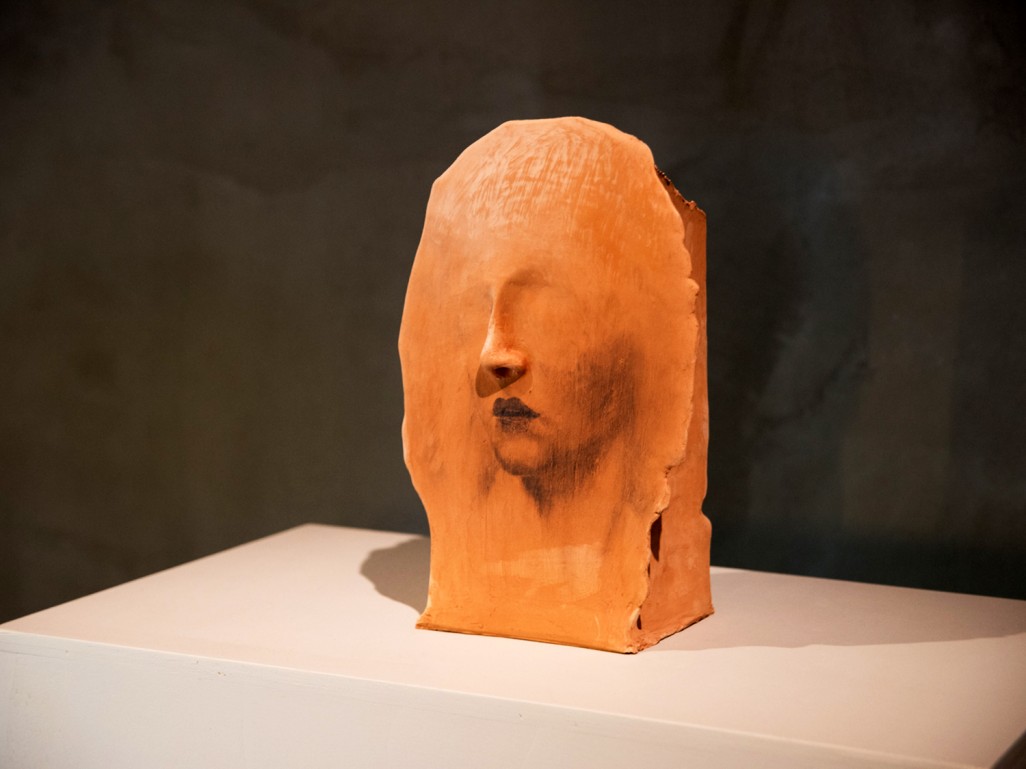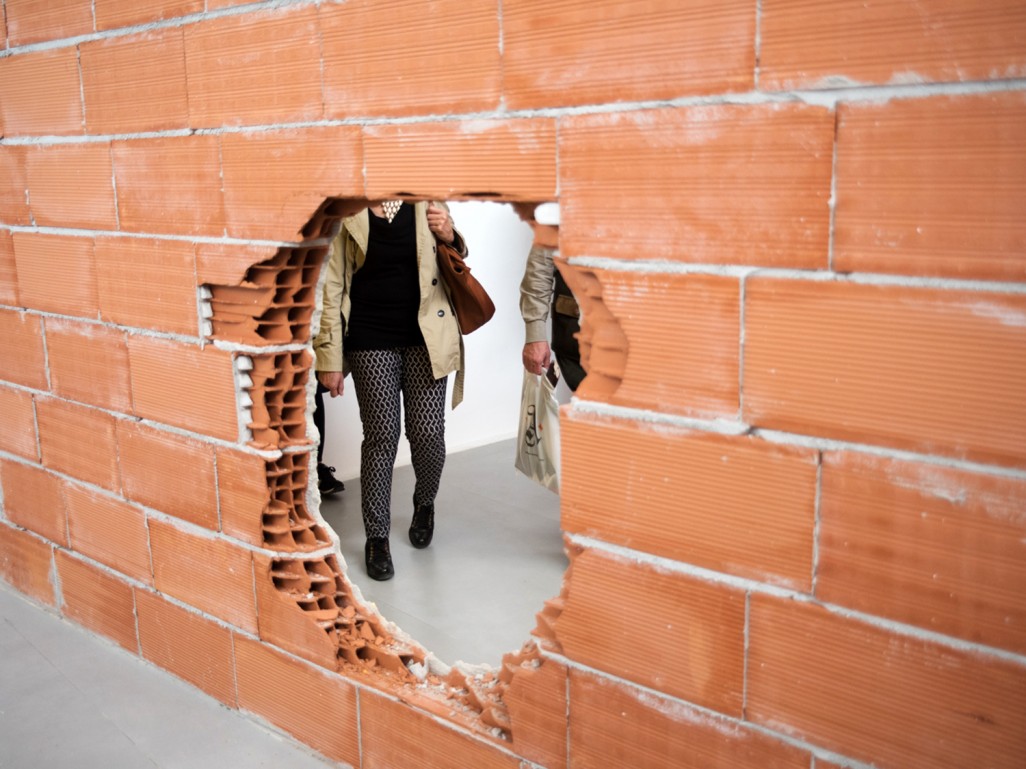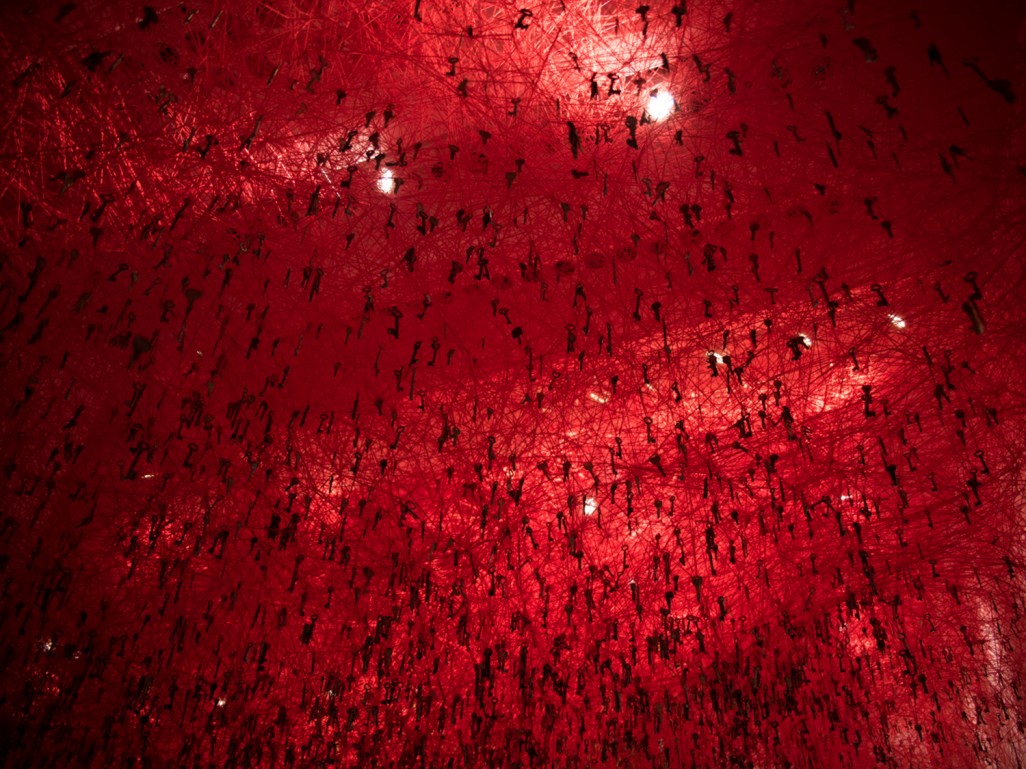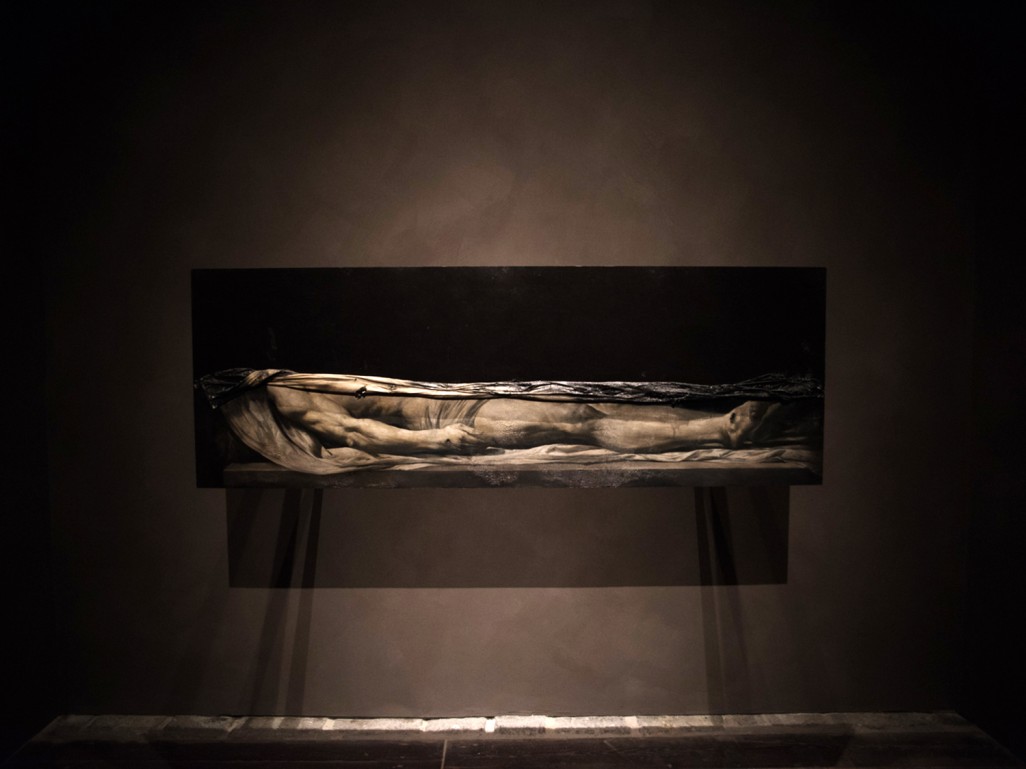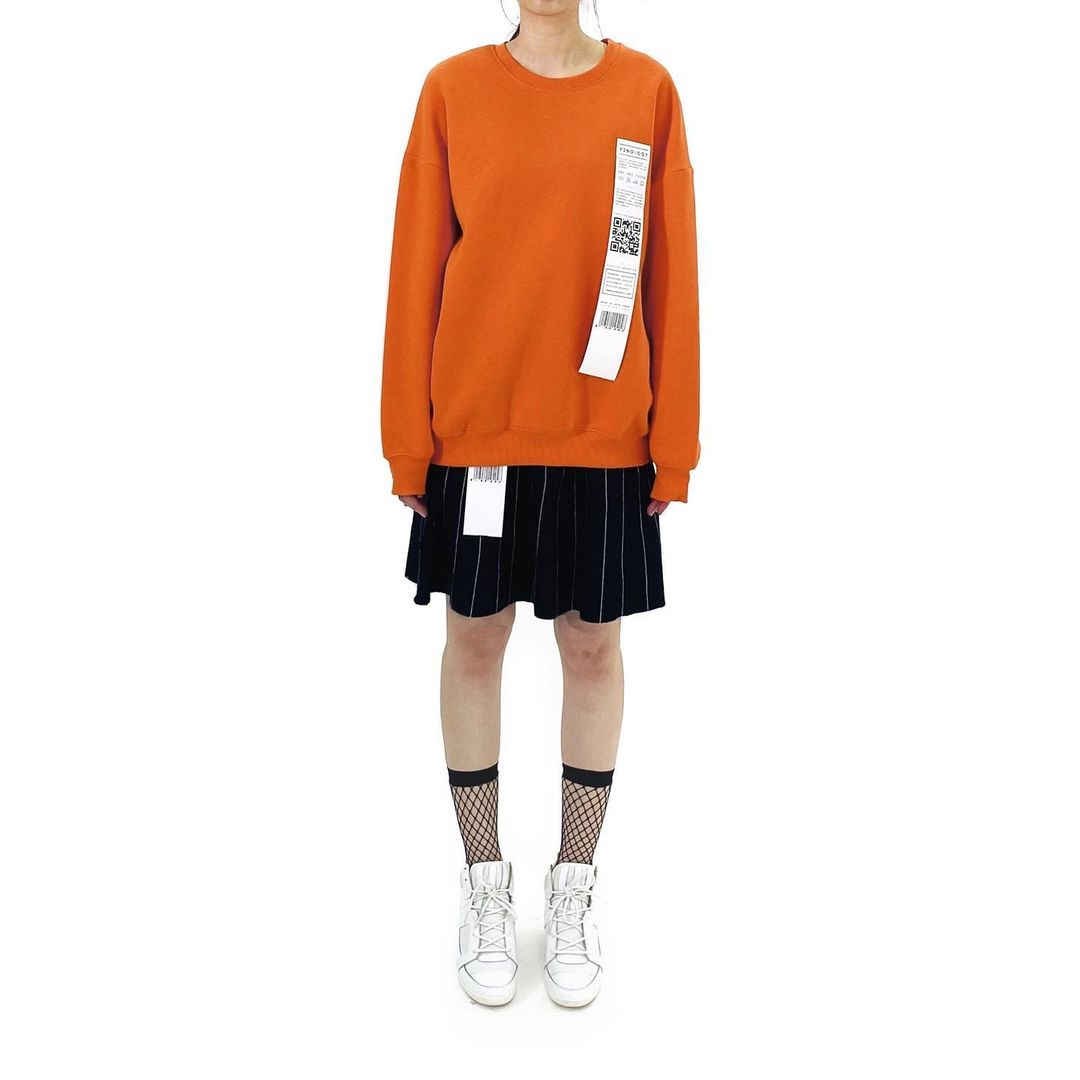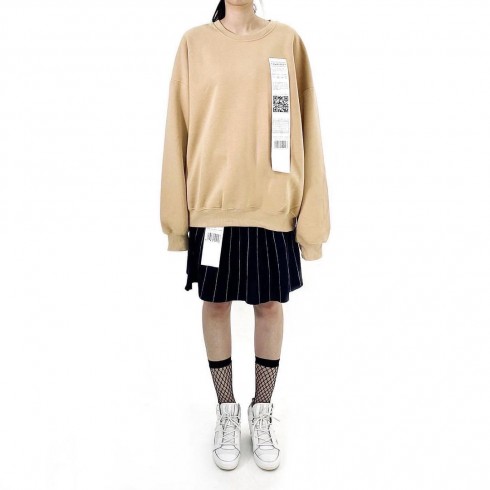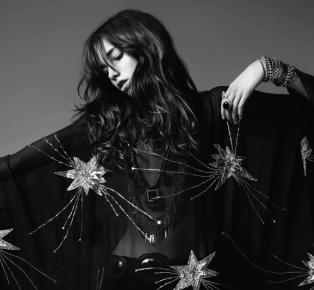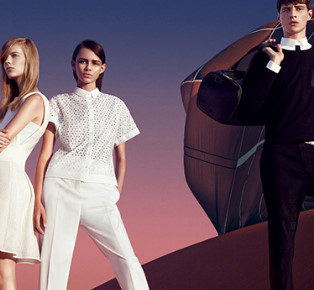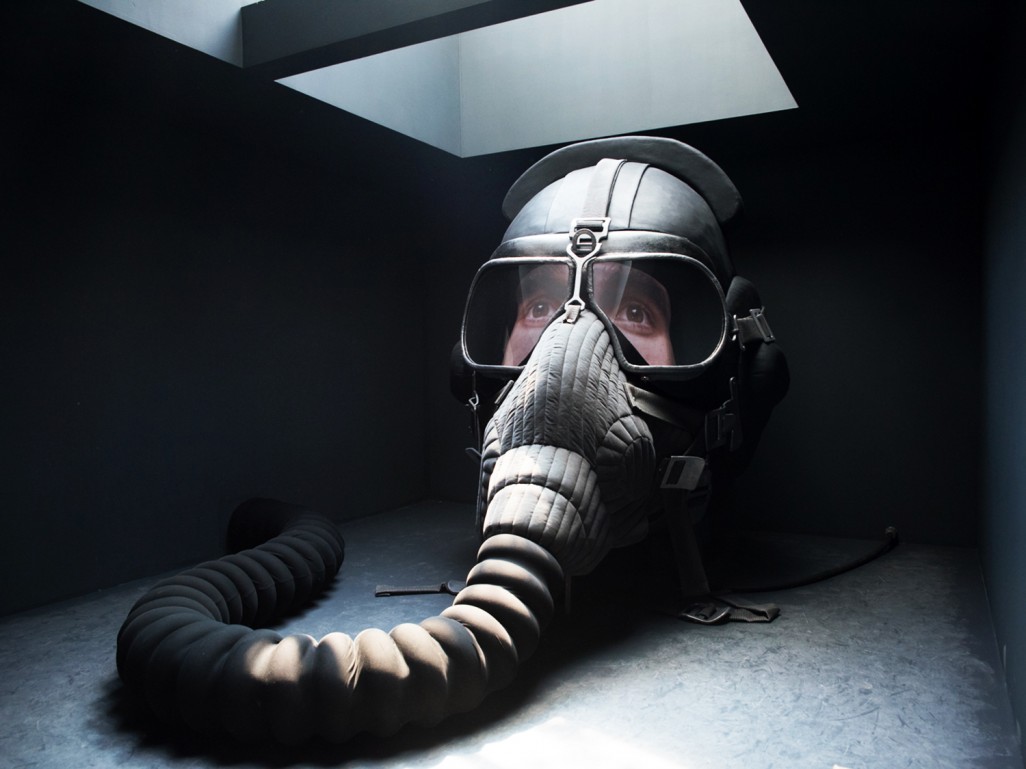
The 56th International Art Exhibition will run 9th May to 22nd November 2015 takes place at the Giardini, the Arsenale and in various locations across the city of Venice. The big thematic show in the Italian pavilion, organised by the Biennale’s first African curator, Okwui Enwezor, is full of ladies in Louboutins picking their way nervously through an assault course of videos about global starvation, industrial pollution and the atrocious conditions of garment workers in developing countries.
The 5 best pavilions are:
Russia A black helmet the size of a room confronts visitors to Irina Nakhova’s haunting pavilion. Sinister and funereal, this surrogate head appears both blind and dead until it suddenly blinks into life and the artist’s own eyes appear trapped inside on a film-screen. The political history of this piece is complex – the artist was one of the suppressed Moscow conceptualists – but its impact is devastatingly direct. At 60, Nakhova is the first woman to represent Russia.
Japan This exquisite installation by Chiharu Shiota was the immediate popular hit of the Biennale. Thousands of keys shower down from the ceiling into tangled nets of crimson thread, some slipping through, others caught in wooden boats straight out of Hokusai. An accompanying video of children trying to summon their earliest memories completes the metaphor of this beautifully simple work, with its intensely meditative atmosphere.
Armando Lulaj’s‘terrific tragicomedy of cold war Albania’. Facebook Twitter Pinterest Armando Lulaj’s‘terrific tragicomedy of cold war Albania’. Photograph: PRAlbania A sperm whale mistaken for a submarine, a mythical mountain and an US airforce plane that fell to earth in 1956, its bewildered pilot forced to apologise for spying, the craft itself installed on the roof of a medieval castle in Enver Hoxha’s birthplace: just a few of the interwoven elements of Armando Lulaj’s terrific tragicomedy of cold war Albania told in sculptures, videos and original film footage.
United States At 79, Joan Jonas is the veteran star of the Biennale and her multimedia installation is both eerie and elegiac. Children appear on double-exposed screens as the spectral spirits of beehives, forests and rivers while disembodied voices attempt to describe ghostly phenomena seen in nature. Mirrors and windows draw the real Giardini into the plot of what becomes a peculiarly poetic visual narrative.
Australia Fiona Hall’s wunderkammer of glimmering objects in the brand new Australian pavilion, opened by Cate Blanchett, shows her extraordinary gift for juxtaposing ideas and materials – guns made out of bread, watercolours out of banknotes, a bestiary of imaginary critters woven from the grasses where they might live. Real insects weave cocoons around miniature monuments and mythical beasts emerge from the relics of the past in this futuristic natural history museum.
